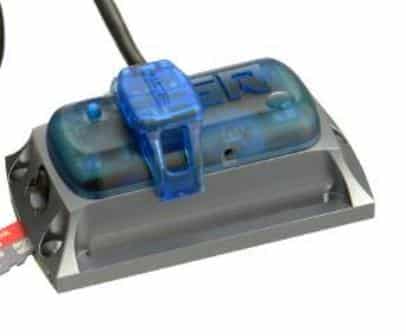Data logger analysis devices are used to record data. The recording of the measured values is done in intervals over a time. The collected data are stored in the memory. The data is automatically output as a PDF report. Accordingly, the data is well embedded. For this purpose, specialists use them over a certain period of time for error analysis. The troubleshooting of voltage or current thus facilitates the diagnosis. Data loggers are valuable aids for analysis of the data stored in certain areas. They are used by energy supply companies, public utilities, industry and building management. The data loggers from WGM-Support record reliably and precisely over the time range. You would like to know which data logger is best suited for your measurement tasks? Contact us by email.
Data logger analysis | Data logger MSV165

A typical application for the MSV165 Data logger analyzer is transport monitoring. The data logger with acceleration sensor is characterized for long-term measurements of shock, vibration, concussions and impacts. The MSV165 analyzer can be used for up to five years at 1600 measurements per second. Perform acceleration, shock and vibration measurements in all three axes. Shock monitoring is ± 15 g to ± 200 g. Before the result is known, the MSV165 data logger records 32 measurements. By means of a microSD card you can increase the capacity to over one billion measured values.
You have the choice between internal and external sensors. The external sensors are available in different cable lengths. For the configuration of the data a software is available. The MSV165 has an extremely low power consumption. With the LiPo battery (900 mAh) you can master up to six months of shock monitoring. For an even longer recording time of up to five years, the MSV165 can be equipped with long-life batteries.
Following the enhancement of the MSR165 in recent years, primarily with respect to its memory capacity (2 million measured values by default, 1 billion measured values with a microSD card) as well as the software for capturing and evaluating the recorded values, this data logger is now being optimised with respect to its working range and power supply. Whilst it was previously possible to monitor shocks up to ±15 g, the user now has a working range of up to ±200 g. This extended working range is beneficial when it comes to recording applications where very large forces occur suddenly, for instance in the field of transportation monitoring of delicate goods, aerospace, as well as drop and impact tests in the industry.
